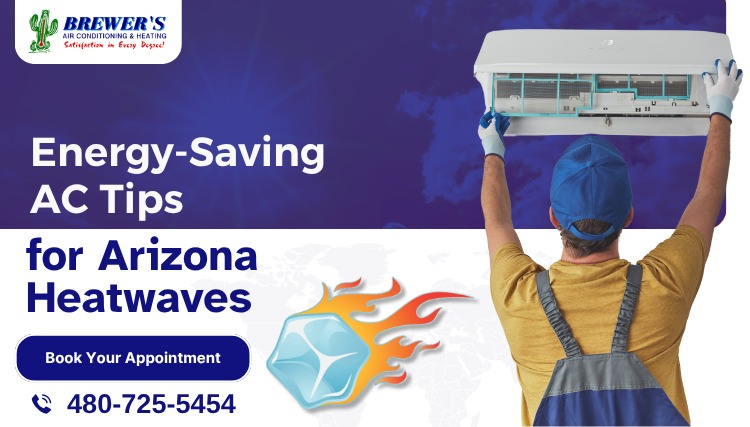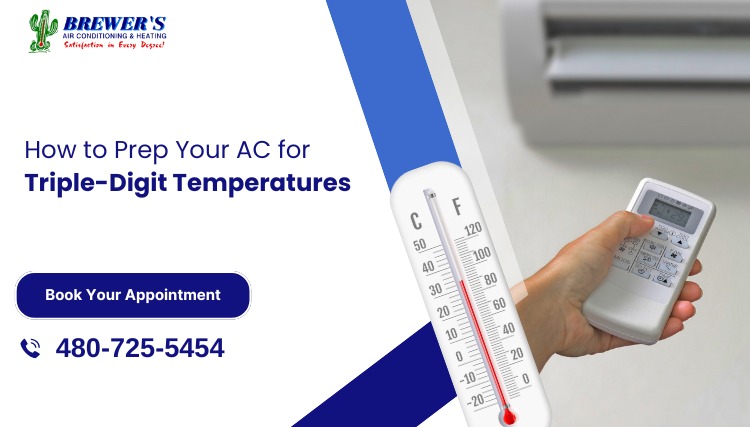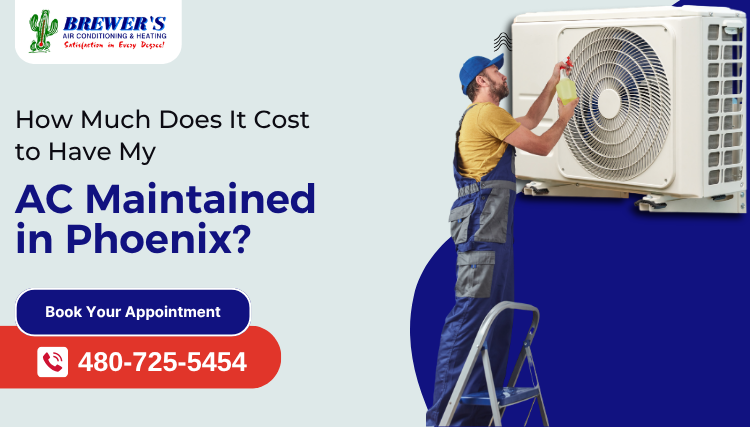
Maintaining a comfortable indoor climate during hot summers is the prime requirement. Air conditioners achieve this by transferring thermal energy from inside a building to the exterior environment. A critical component in this process is the evaporator coil. This coil absorbs heat from the interior air. However, under certain conditions, the evaporator coil can become excessively cold, leading to the formation of ice. This phenomenon is known as the freezing of the evaporator coil.
Let us find out more about its causes and solutions!
The Air Conditioning Cycle and Evaporator Coil Function
Air conditioners operate on the principle of vapor-compression refrigeration. A refrigerant, circulating within a closed loop, undergoes phase changes to absorb and release heat. The evaporator coil plays a vital role in this cycle. Here’s a breakdown of the process:
- Heat Absorption: Warm indoor air passes over the evaporator coil, containing refrigerant at low pressure. The refrigerant absorbs heat from the air, causing the refrigerant to evaporate (transform from a liquid to a gas) and the coil to become cold.
- Moisture Condensation: As the evaporator coil cools, moisture present in the air condenses on the coil’s surface, similar to perspiration forming on a chilled glass. This condensate typically drains away harmlessly.
Causes of Frozen Evaporator Coils
While condensation is a normal by-product of the cooling process, excessive coil cooling can lead to ice formation. This scenario arises due to factors that obstruct airflow across the evaporator coil. This reduces its ability to absorb heat effectively. Common causes include:
- Dirty Evaporator Coil: Over time, the evaporator coil can accumulate dust, dirt, and grime. This buildup acts as an insulator, reducing airflow and reducing heat absorption. Regular cleaning of the evaporator coil is important to prevent restricted airflow and potential freezing.
- Clogged Air Filter: The air filter serves as the initial line of defense. It captures airborne contaminants before they reach the evaporator coil. However, a clogged air filter significantly reduces airflow, leading to similar issues as a dirty coil.
- Blocked Air Ducts: Air from the conditioned space reaches the evaporator coil via a network of ducts. Blockages within these ducts, caused by furniture or closed vents, restrict airflow and can contribute to a frozen coil.
- Low Refrigerant Level: The air conditioner requires a specific amount of refrigerant to function correctly. If the refrigerant level falls due to leaks or other issues, the coil’s ability to absorb heat is reduced. It results in freezing.
Addressing a Frozen Evaporator Coil
If a frozen evaporator coil is suspected, the immediate course of action is to shut down the air conditioning unit. Continued operation with a frozen coil can damage the equipment. To speed up thawing, the thermostat fan can be switched to the “fan only” setting. This circulates air across the coil without engaging the cooling cycle.
Once the ice has melted, it’s essential to identify and address the underlying cause:
- Dirty Coil: The evaporator coil should be cleaned following the manufacturer’s instructions. In some cases, professional cleaning may be necessary.
- Jammed Air Filter: Replace the air filter with a clean, appropriately sized filter for optimal airflow.
- Blocked Air Ducts: Inspect the air ducts for blockages and remove any obstructions. Avoid closing excessive vents within the building.
- Low Refrigerant Level: Adding refrigerant requires a qualified technician due to safety considerations. If low refrigerant is suspected, a professional should be contacted to examine and fix the leak and recharge the system.
Preventive Measures
To minimize the risk of frozen evaporator coils and ensure efficient air conditioning operation, consider these preventive measures:
- Regular Maintenance: Schedule routine maintenance with Brewer’s Air Conditioning and Heating. This maintenance typically includes cleaning the evaporator coil, verifying refrigerant levels, and identifying potential problems before they arise.
- Air Filter Replacement: Change the air filter regularly, following the manufacturer’s recommendations or based on your specific environment. Monthly or seasonal changes may be necessary.
- Proper Vent Management: Avoid closing excessive vents within the building. This ensures adequate airflow throughout the conditioned space and prevents undue strain on the air conditioning system.
- Furniture Placement: Maintain proper clearance between furniture and vents to avoid airflow obstruction.
It is necessary to understand the causes and solutions associated with frozen evaporator coils. Regular servicing from Brewer’s Air Conditioning and Heating can maintain optimal HVAC performance and ensure comfort.
Call us for a quick inspection today!











